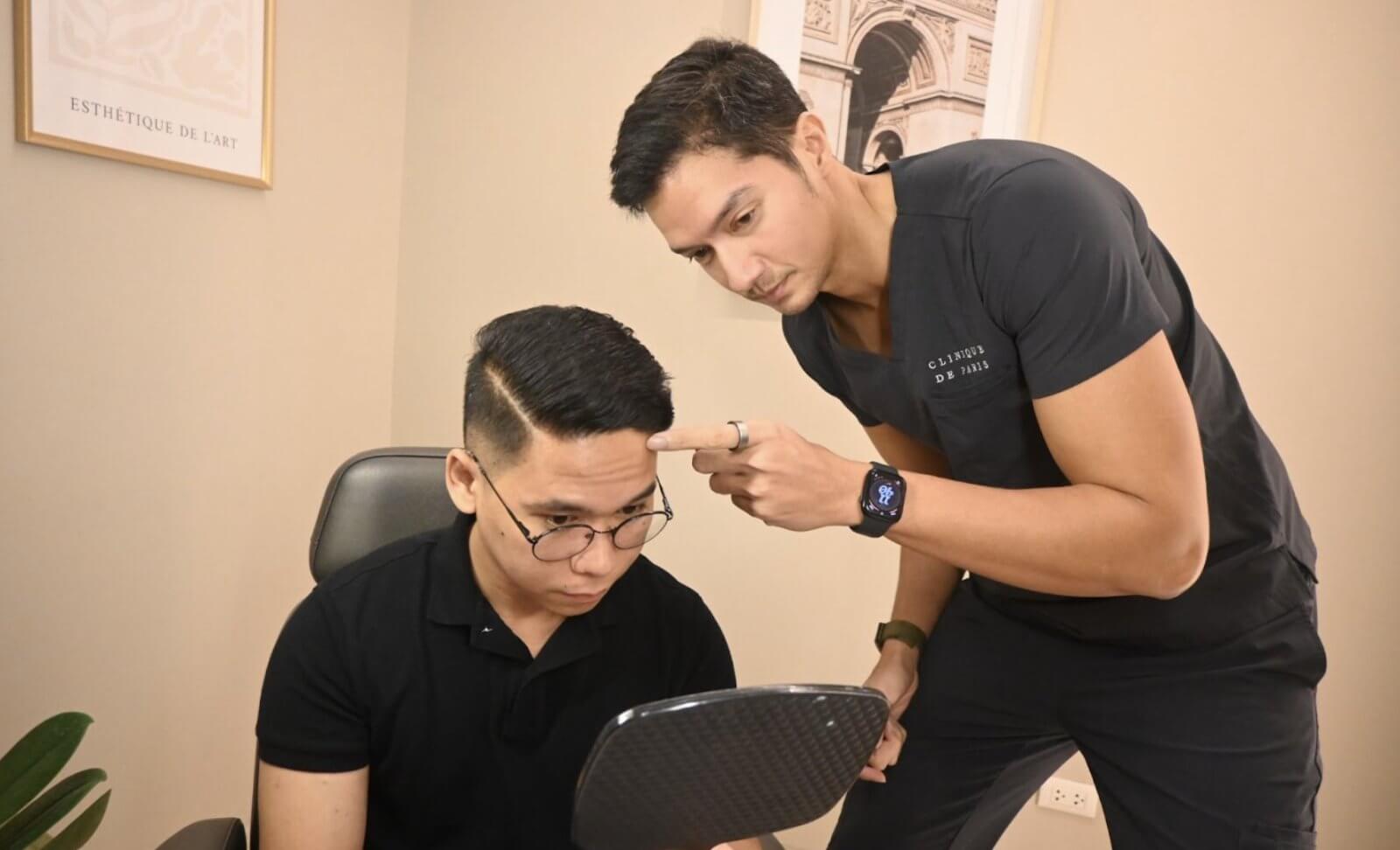By Bob Guerrero
Having an acoustic guitar is one of the great pleasures of any musically-inclined person. This is especially true during this pandemic, when we’re stuck at home so much. Being able to strum some chords on the sofa or accompany yourself while singing a favorite song is priceless.
But buying the wrong acoustic guitar can ruin the whole experience. No one wants to be saddled with a terrible-sounding, hard-playing lug of a guitar that is a waste of money. Follow these tips, and you can bring home a winner.
This advice is mainly for secondhand guitars but they can apply to new guitars as well.
Buy the right guitar for the player.
Experienced adult guitarists can play any type of guitar. But that isn’t always the case with kids, beginners, females of a smaller stature, or seniors.
In general I am of the belief that a classical, or nylon-stringed guitar, is best for all beginners. The strings on a classical guitar have a much looser tension than those on a steel-stringed, or folk guitar. This makes playing much more comfortable if you are just getting started.
Beginners, even strong guys, might have difficulty making barre chords on a steel string guitar but will have little problem on a nylon axe.
The strings also tend to be more widely spaced on classical guitars, so mistakes while making chords and notes are, in theory, less common. (The downside of this is that players with smaller hands may struggle to stretch their fingers for some chord voicings.)
Another plus with classical guitars: the nylon treble strings have no steel in them, so they cannot corrode and can thus be used for longer than steel trebles.
Kids and others of a smaller stature who prefer a steel string can go for so-called “travel” guitars like the Takamine GX11 and GX18 guitars that are roughly 3/4s the size of full-size instruments. The Taylor GS Mini is the same concept. Other brands available in the Philippines, like D&D, also offer “junior” sizes for some of their models.
The worst thing you could do is buy a young guitarist a huge dreadnought or jumbo guitar that will be awkward for him or her to play.
Have the right meet-up conditions.
So you have messaged a seller of a decent-looking guitar online. Now it’s time to meet up. I won’t go over haggling or negotiation tips here, just practical tips on the testing of the guitar.
First of all, you MUST meet up. I do not get people who buy guitars online sight unseen and just have them delivered. You never know what issues might come up that weren’t evident in the listing. There might be a huge crack, or terrible action or intonation, or just awful tone. There is no substitute to actually playing the instrument.
When meeting up always, always find a quiet place to test the guitar. This may not be easy if you are meeting up in a mall, but the effort has to be made. My most recent purchase was tested inside my car, with the seller parked beside me.
Be a stickler for tone.
This is obviously the most important characteristic of any guitar: how it sounds.
A good guitar produces deep and rich bass notes, clear mids, and bright trebles. Its sound is also a good balance of all three. Guitarists also crave a long sustain on their instruments.
It sounds like a silly question, but why must a guitar sound good? To paraphrase David Crosby, a great sounding guitar makes you want to play it. The more you play it, the better you get.
There are many factors that contribute to the sound of a guitar. The body shape, the bracing inside, and even the material on the nut and saddle. But one of the most important parts of guitar construction is the kind of top wood used.
Most affordable guitars use cheaper laminated, or layered, wood to form the top, or front of the guitar. But better guitars use solid wood instead of layered. In general the sound is richer and more resonant with a solid top than with a laminated top.
How can you tell if a top is solid and not laminated? Look at the edge of the soundhole. The grain of the top wood should be visible through the wood from the outside into the soundhole side. If not, the top is likely laminated.
I happen to own a laminated-top guitar, a Takamine GD11M-NS. But for some reason it sounds almost as good as my other solid-top Takamine dreadnought. Yes, I’ve also played some very lame solid-top guitars, but nine times out of ten, solid top beats laminated top.
Check the action of the strings.
The action is basically the height of the strings from the fretboard. Too high an action and the strings require more effort to press down on the frets, especially for barre chords. This is a very bad situation that can literally make you not want to play guitar again, especially if you don’t have Arnold Schwarzenegger hands.
A very low an action makes the guitar more playable, but fret buzz becomes an issue, spoiling the sound.
We must all find our goldilocks action. According to this article, https://www.guitaranswerguy.
However these are merely guidelines. You may prefer something different, and it will also depend on the gauge or thickness of the strings you are using.
Can the action of a guitar be adjusted? Fortunately, yes. The saddle, where the strings meet the bridge on the body of the guitar, can be either sanded down or even replaced to alter the action.
But the other way to adjust action is through a truss rod. This is a steel rod that runs inside the neck under the fretboard. It is usually adjusted with an allen wrench just under the soundhole, but sometimes on the headstock with some instruments. With the truss rod you can “flatten” the neck to lower action or twist it the other way for a higher action.
So when buying an acoustic guitar, try to get one with a truss rod, so you can have an experienced technician “set-up” your guitar properly if needed. All serious guitars have truss rods.
I recently purchased an inexpensive Cort classical guitar without a truss rod, but it happened to have absolutely perfect action. Low enough for expressive playing but high enough to not buzz on any fret and any string, except for a little “snap” on the trebles, which is desirable to me.
When checking for fret buzz, always check every fret one every string. There may be a hidden buzz somewhere down the fretboard.
Important point: some guitars have tragically flawed necks, and no amount of adjusting, setting up, or saddle work can turn them into playable instruments. Stay away from them. Ideally, when buying a guitar it should be playable without any adjustment.
Be intentional about intonation.
The idea of intonation is when the guitar is in tune all throughout the fretboard. A guitar may have perfectly tuned strings, and might sound fine on, say the third fret. But perhaps they sound completely off on the seventh fret. That means your frets are not properly positioned, and you have an intonation problem. This can make your guitar sound out of tune, especially when you play notes or chords higher up the neck.
Checking intonation is easy. Put a finger lightly on the twelfth fret of one string and pluck. You will hear the “harmonic” sound of the string. That is the “true” note of that fret. Then press the string down on to the fret and pluck. They should sound the same. If not, the intonation is off.
Repeat this for all six strings on the 12th fret, and then do it again on the 7th fret. In my experience, most guitars have slightly wrong intonation in the highest two strings, which are the non-wound ones on a steel stringed guitar.
Yes, sometimes intonation will degrade as strings get older, and a fresh set will improve it. But in general, bad intonation can only be fixed by removing all the frets and replacing them with new ones in slightly different spots. Refretting is costly and time-consuming.
Buying a guitar from a reputable brand greatly reduces the chances of you ending up with a poorly-intonated guitar.
Be smart about brands.
Brands are somewhat overrated in the world of guitars. I have literally been in JB Music and Sports and played a P6500 no-brand guitar that sounded better than some of the P20,000 and up guitars there.
There are a plethora of new brands in the local marketplace making good stuff. D&D, Stadd, Clifton, SQOE, Global, and so many more. I own a D&D electric and its great. I’ve reviewed a Stadd and was impressed. I have played a Clifton budget solid top and it sounded terrific.
These brands can all make a good-sounding guitar. But will they hold up over time? Hard to say now. Meanwhile, I have three Takamines, the oldest is 21 years old and after having its tuning machines replaced, is still in service at my church.
For proven durability, go with the big names. Takamine, Yamaha, Fender, Epiphone, Washburn, Ibanez, Cort, Seagull, are all very reputable. If you can afford them, Taylor, Martin, and Gibson as well.
Watch the details.
Check the tuning machines. Are they rusted? Do they turn properly and tug the strings consistently? Are the strings in tune after some hard strums? Many budget guitars scrimp on the tuning machines. Thankfully these are easily replaced.
Run your fingers under the edges of the frets under the highest E string. The frets should feel smooth. If you feel a hitch or snag then they haven’t been sanded enough.
Check for fret wear, especially at the B string first and third frets and high E 2nd and 3rd frets. These are high-wear spots. You don’t want to see any worn out scoops there.
Is the bridge still securely attached to the body or is it coming off? Any cracks on the binding or the body?
How about the neck shape? Does it feel comfortable? Some player like fat “v-shaped” necks while those with smaller hands need thinner, more modern necks.
If the guitar has a pick up, have you tested it? Do the equalizer adjustments work?
***
That is pretty much it. With these tips you are well on your way to beginning your guitar journey. Happy strumming!

























I agree. I gambled on a local solid top acoustic which sounded good but i noticed a cracked wooden cross bracing after only 3 months of use. The supplier was very helpful and repaired it for free but I ended up buying another trusty Takamine after this experience